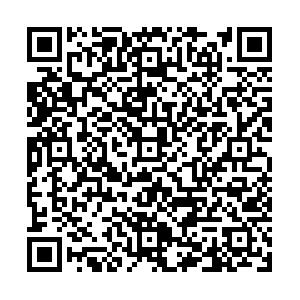Abstract:
Objective The case-based teaching method is widely used in clinical teaching, but there are still some deficiencies in the teaching of neurosurgery. Therefore, this study intends to use multimodal imaging intelligent system combined with case-based learning(CBL) to explore its application value, advantages and disadvantages.
Methods From January 2015 to October 2019, a total of 42 neurosurgery regular students from the First Affiliated Hospital of Bengbu Medical College were selected. The students were all from the Bengbu Medical College. They were randomly divided into the observation group(
n=22) and the control group(
n=20). The CBL was used as the control group, and the multimodal imaging intelligent system combined with CBL was used as the observation group. There were five steps in the simple CBL teaching method(designing cases and problems, preparing cases in advance, division of labor among members of the group, discussion, and summary). The teaching method of the observation group was to use the multi-modal imaging intelligent system(based on the information department and imaging department of our hospital. The image HISS system was the real-time image transmission reading system) throughout the first three steps of the simple CBL five steps. There were two teachers, both qualified as lecturers and experienced in CBL teaching. The teaching time was one week. The differences between the two groups were compared through the examination.
Results After the training, the average score of the control group was 78.6±0.8, and that of the observation group was 82.3±1.5, with statistical significance(
t=10.513,
P<0.001).
Conclusion The multi-modal imaging intelligent system can provide three-dimensional and intuitive images for neurosurgery discipline students. Combined with CBL, it can significantly improve the teaching quality of neurosurgery discipline students compared with the previous teaching methods, and it is worthy of further promotion to neurosurgery discipline training and other directions.

 点击查看大图
点击查看大图



 下载:
下载:
